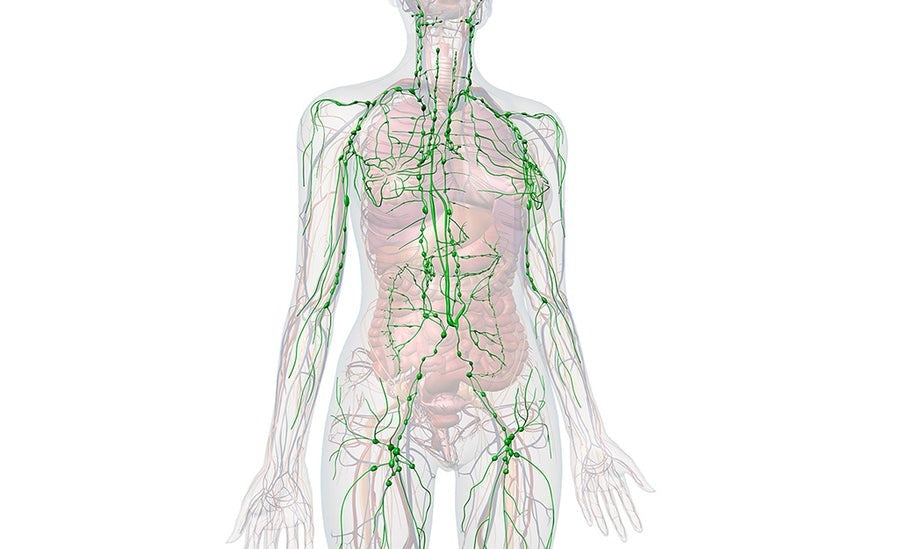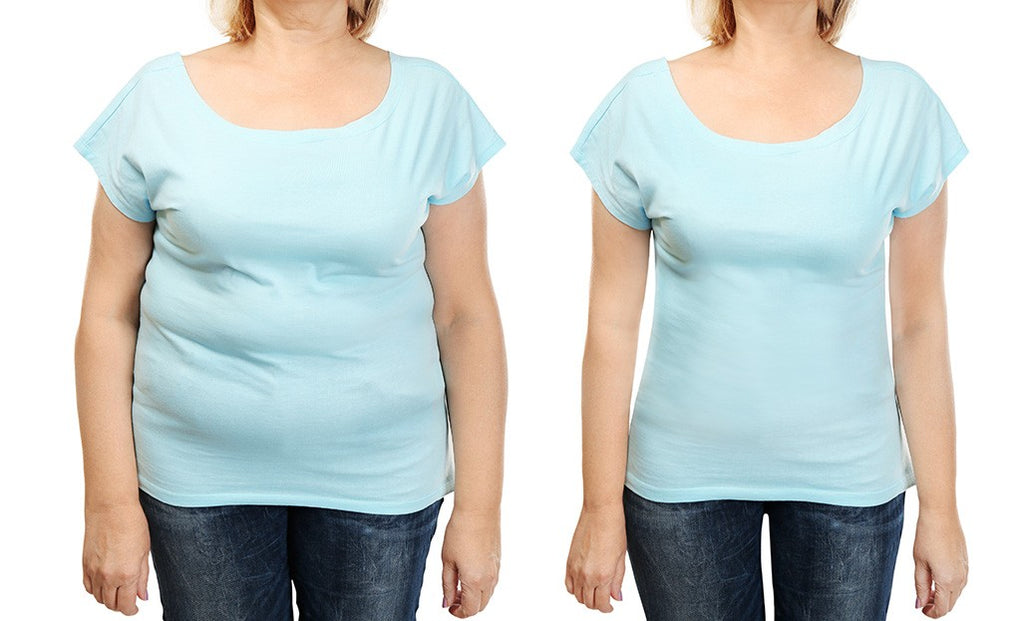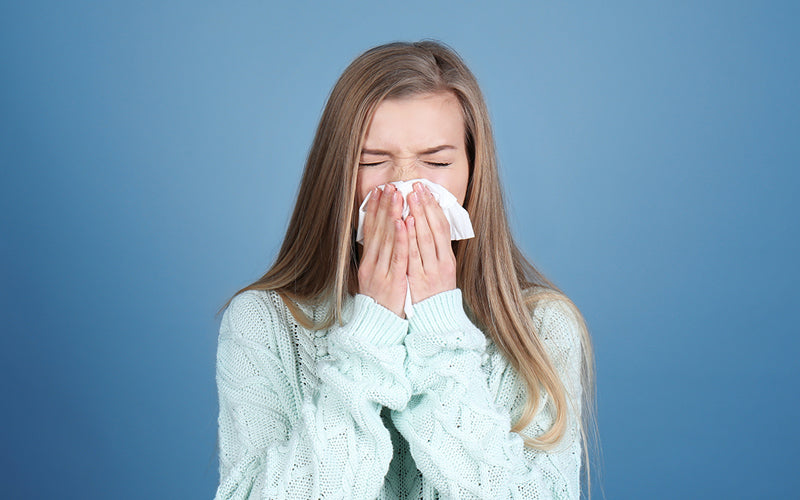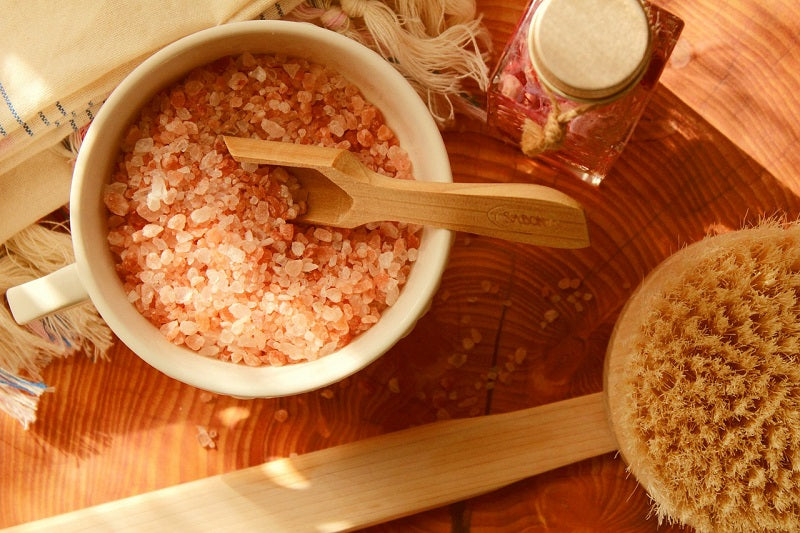Cycle Sync Your Exercise
Creating the perfect balance and foundation for our hormones to thrive includes more than just eating healthy and taking a few supplements. It requires us to tune into our own body and hormonal cycle; additionally, we must learn to listen in and serve our body the best we can.
The same thing applies when it comes to planning your exercise regime. Exercise has so many benefits to our health and wellbeing and it definitely plays an important part in balancing hormones. Keep in mind though that too much, too little, or not doing the right type of exercise at the right time in your cycle can actually stir up those hormones.
The benefits of exercise
What we want to do is to cycle sync our exercise and learn to work with our body instead of fighting against it. Let’s start by looking at some of the benefits of exercising:
- Exercise improves blood flow, circulation, lymph flow and detoxification of the body.
- Exercise rehydrates tissues, lubricates the joints, strengthen the bones and reduces inflammation in the body.
- Exercise helps to improve the function of the endocrine system by improving hormone metabolism and regulating hormone production.
- Exercise helps to reduce cortisol levels and release tension and stress stored in the body.
- Exercise helps to balance blood sugar levels.
Now, to achieve all these benefits we need to make sure that we are exercising on a regular basis but not pushing ourselves over the limit. Too much exercise, as well as excessive high-intensity exercises without enough recovery time, can actually increase inflammation, raise cortisol levels and create an even deeper hormonal imbalance.
Tuning into your cycle
When you start tuning into your cycle, you will notice that you feel differently at different times over your cycle. This often depends on your hormone levels. So by regulating your exercise regime after noting how you are feeling at different stages in your cycle, you can actually improve your sense of wellbeing.
Let’s take a look at what happens with your hormones and energy levels (and possibly your mood) during your cycle and how you can achieve optimum wellness with the right type of exercise!
The phases of the menstrual cycle

The span of time between the first day of your period and ovulation is called the follicular phase and is the first half of your cycle. It is usually described as 14 days long but this varies from woman to woman.
The second half of your cycle often referred to as the luteal phase, begins when ovulation occurs. It is also about 14 days long and counts the days between ovulation and the beginning of the next period.
During the follicular phase, follicle-stimulating hormone (FSH) level rises to begin the process of maturing a follicle. At this time there is also a marked increase in oestrogen, reaching its peak around ovulation and triggering a rise in luteinizing hormone (LH) so the egg from the follicle can be released.
As the ovulation process builds up during the first half of your cycle, you will have higher levels of FSH, LH, and oestrogen. This gives you more energy and motivates you to do more intense workouts. This is great as you can focus on more challenging exercises, really work out a sweat, and improve your fitness level. So during the follicular phase - and often around ovulation, too - think more HIIT and CrossFit workouts, boot camp, running, dancing, or whatever keeps your heart pumping.
After ovulation occurs and you are moving into the luteal phase (the second half of your cycle), your FSH level instantly drops and your luteinizing hormones also start to decrease. Your body will now start to produce more progesterone which is known as the ‘calming hormone’. If the egg is not fertilized during this phase, oestrogen and progesterone will slowly decrease and cause your energy levels to drop.
At the beginning of the luteal phase, you may still be able to continue with more intense workouts. But as your hormones decrease and progesterone is more present, your energy levels subside and it is time for you to do more gentle, Yin style exercises.
Some women might experience PMS symptoms at this time and it becomes even more important for you to tune into the needs of your body. Yin style exercises will help to reduce stress, calm the nervous system, and ease the PMS symptoms. Especially working with gentle exercises that stimulate blood flow to the pelvic region will help with detoxification and improve the flow of hormones.
During the few days before menstruation, try to focus on more gentle exercises. Have no expectations; just move your body to feel good. Allow yourself some downtime — nature walks, yoga, qigong, swimming in the ocean or just doing some gentle exercises at home might be more than enough for you.
During the menstrual phase, how you feel and what kind of exercise you like doing can be totally unique to you alone. Some women feel great and can continue with the same exercises as in the luteal phase while others might experience discomfort, menstrual cramps, fatigue and the like.
Whatever the case, this is a great time to just allow yourself some downtime. Think gentle yin yoga, full-body relaxations, nature walks and maybe even treating yourself with a warm and relaxing bath. If you do experience any pain or cramping, focus on poses that increase circulation around the pelvis to ease the discomfort.
Tune in to your menstrual cycle and allow your body to be your guide.
If you are a very active person, this is a good time of the month to allow yourself to take a break from your exercise routine. Slow down and allow your body to restore itself. A little rest and restoration will give you more energy to restart your exercise routine after menstruation without triggering higher levels of stress.
Cycle syncing brings balance
Cycle syncing your exercise can help you to connect with yourself on a deeper level. By becoming more aware of how you are feeling during the different phases in your cycle, you are able to reduce stress and fatigue, increase your energy levels, improve your sleeping quality, and help to bring balance to your endocrine system.






















